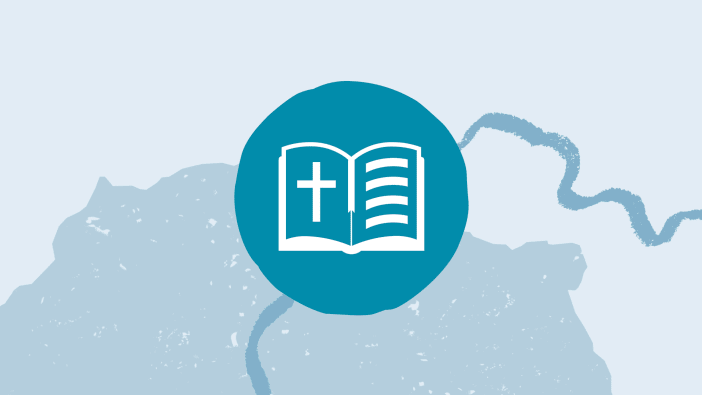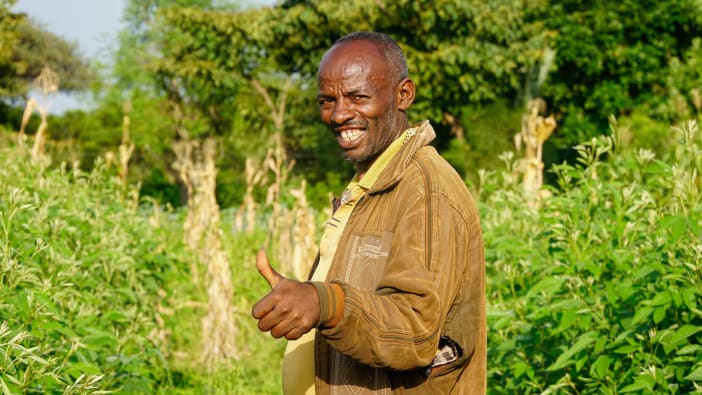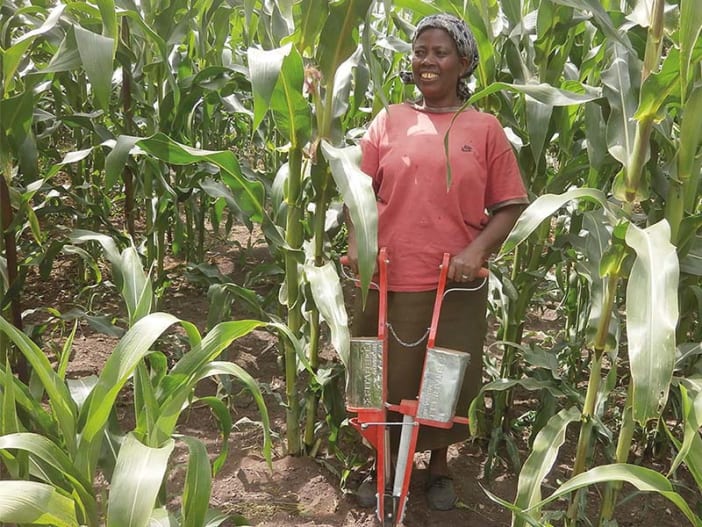Our organisation – NATURALEZA – works in the Dominican Republic, encouraging agroforestry work. Our first priority was soil conservation. Then we began to establish community tree nurseries and hedges.
We work in cooperation with eight small farmers’ groups (campesinos) and four women’s groups. We are encouraging these groups to form a federation to take over project planning and management in the future. We work in a mountainous area in the province of Santiago Rodriguez. Much of the land here is only suitable for forest. However, because land is in such short supply, people still practise slash and burn cultivation to survive. As in many Latin American countries, 2% of farmers are landlords, owning nearly half of the land – particularly the better land. Most farmers have very little, poor land on which to survive. Nearly 75% of the streams and rivers have dried up during the last ten years due to the clearing of forests.
‘Re-afforestation is a social issue. Its main aim should be the improvement of the living conditions of the rural people’. Jesus Enrique A Rius, President of PROGRESSIO
We plan activities that need little labour and resources. We encourage alley cropping and hedge planting.










